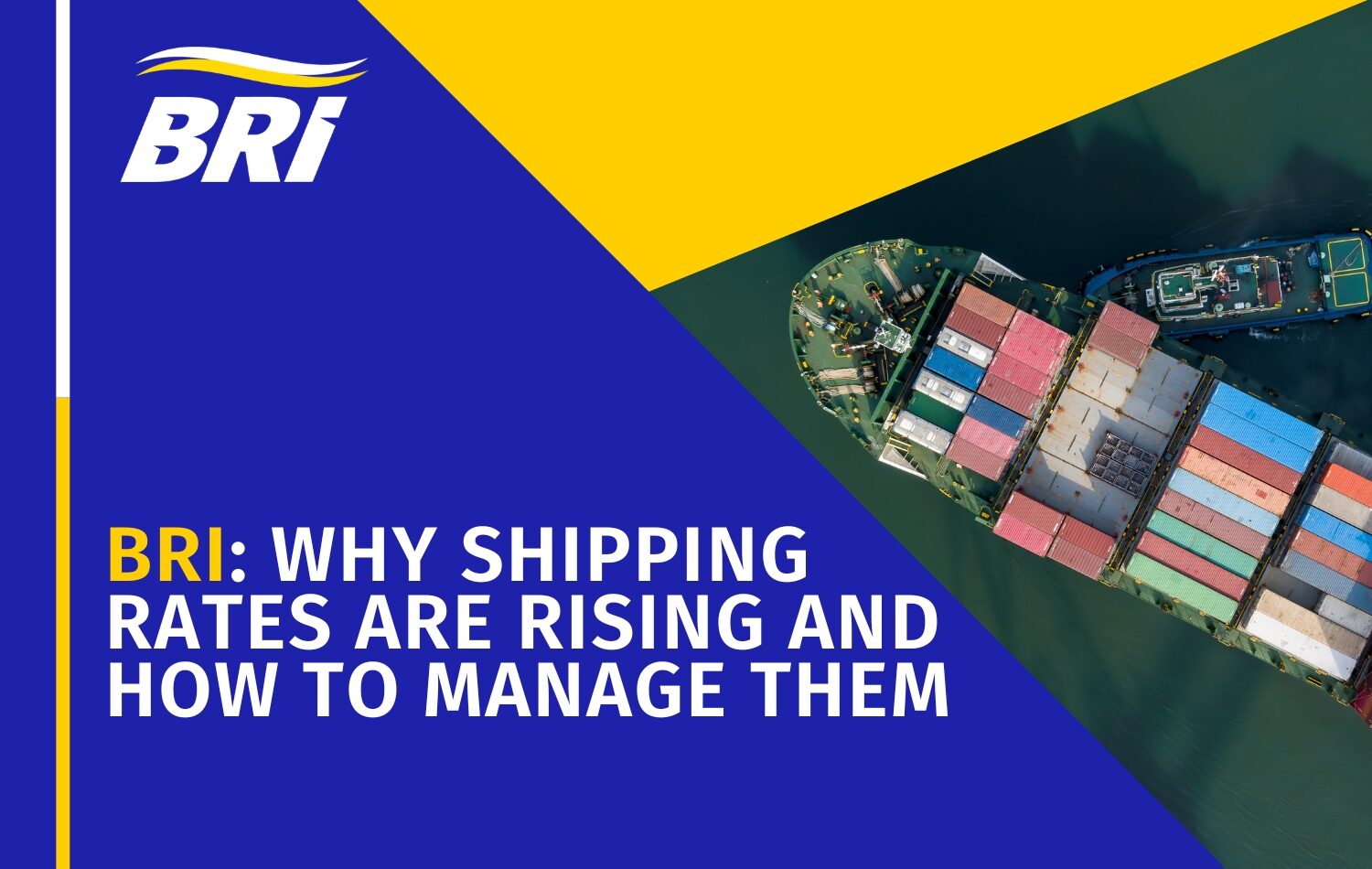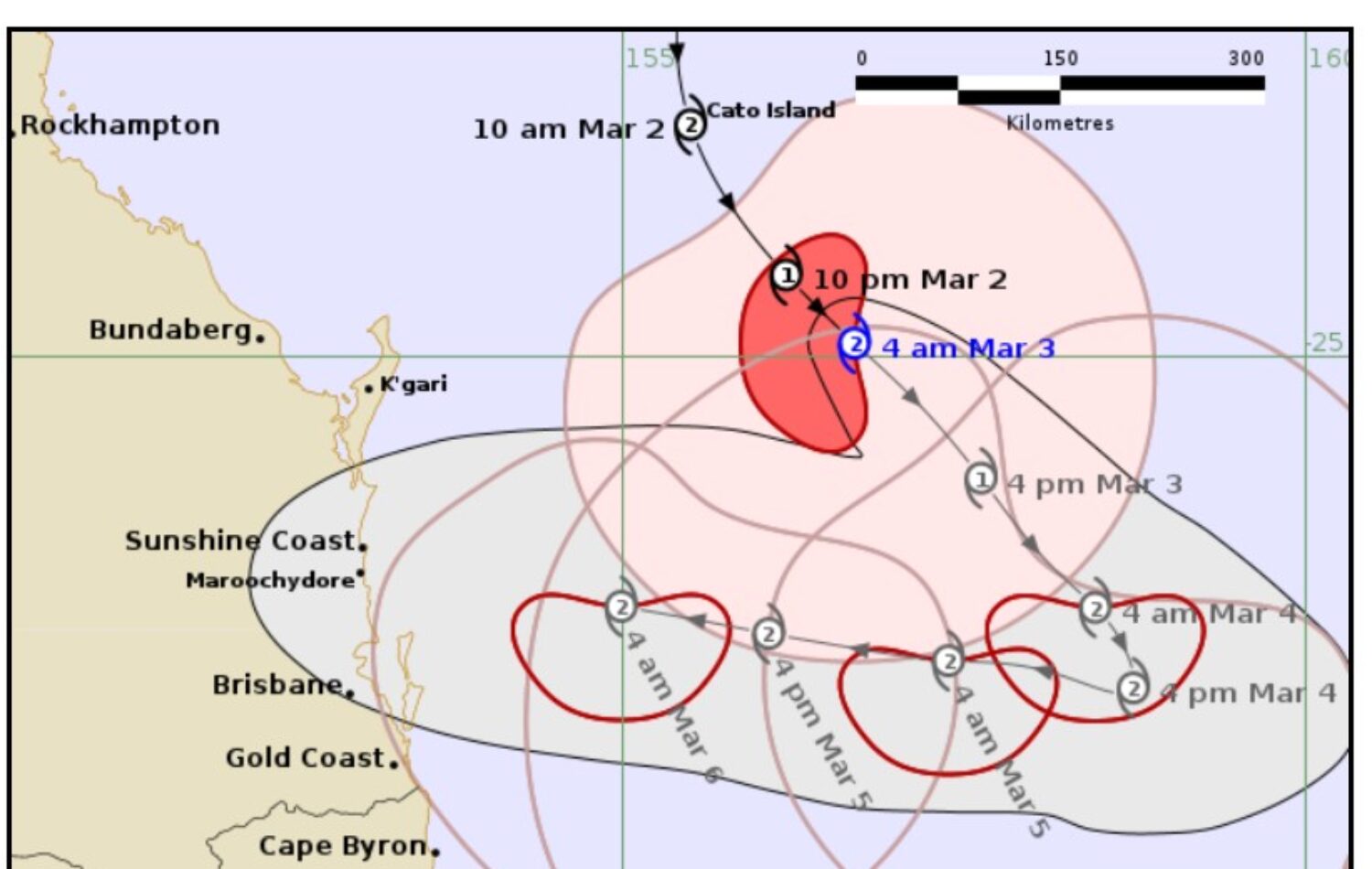| To our valued customers,
Inflation looks to be slowly easing across the developed world, except for one glaring pocket of hot prices: cargo costs on the high seas. Nearly six months of regular attacks on vessels in the Red Sea has stretched capacity in an industry responsible for moving about 80% of all international goods trade, disrupting the normal flow and leading to bottlenecks in some of Asia’s biggest ports. The Houthi attacks have reverberated through global supply chains, but the effects are particularly acute in Singapore, which is located on one of the world’s busiest shipping routes linking Europe and the Middle East to China. The growing logjam at the port, a major centre for refuelling and the redistribution of containers, will result in delays to goods being delivered and will also put more upward pressuring on shipping rates. Singapore, home to the world’s second-biggest container port, issued a statement last week explaining how it’s experienced a significant increase in arrivals since the start of 2024, leading to an 8.8% rise in container volumes in January through April from a year earlier. Waits for some vessels are two to three days, the port authority said. “The situation is expected to worsen due to the increase in off-schedule vessel arrivals and very high yard utilization,” Singapore’s maritime gateway, among the world’s most vital crossroads for seaborne freight, is facing a sustained period of congestion. The waiting time for berth space there is nearing five days, according to industry estimates, and it’s ranging from one to four days in the Chinese ports of Ningbo, Shanghai and Qingdao. The share of container ships arriving on time has slumped to about 52%, retracing much of last year’s improvement from pandemic-era lows of about 30% from early 2022, according to Sea-Intelligence. The Northern Hemisphere supply-demand imbalance is happening at least a month before peak shipping season from July to September. That’s when retailers stock shelves for back-to-school sales and year-end holidays, placing large orders from their Asian suppliers. It’s not quite pandemic-level panic level yet, but some analysts say a situation like this can feed on itself when geopolitical risks and tariff threats are so pervasive. Just how long it will take for the interconnected system to return to balance is anyone’s guess, according to Rolf Habben Jansen, chief executive of Hamburg, Germany-based Hapag-Lloyd AG, the world’s No. 5 container carrier. “It could still last for another couple of months if the Red Sea situation doesn’t improve,”
We will continue to provide updates as we receive further information. Thankyou for your continued support and trust in our services |
Home | Freight Forwarding | RED SEA CRISIS UPDATE
BRi articles
BRi Services
With BRi’s global and local expertise, we can tailor our solutions to your business.




